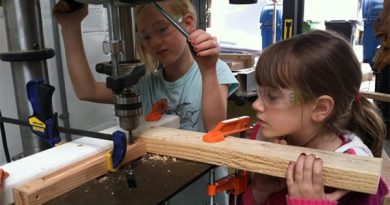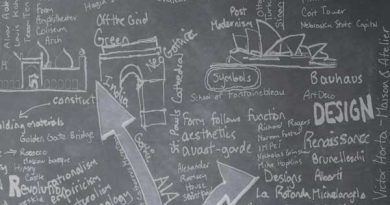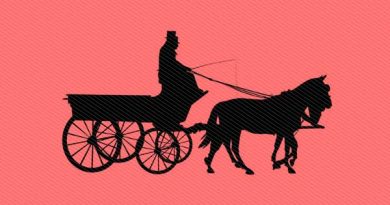How Designers Can Use Rolestorming to Understand Consumers
Brainstorming techniques are used to achieve different goals, including finding creative ideas, solving problems, and understanding the target consumer during the ideation phase of the design process. However, brainstorming team members are affected by their own voices and personalities, which may affect their ideas that should reflect the consumer characteristics and needs instead. This can lead to a failed session or misleading results for the next production steps. Rolestorming is one of the most common and fun methods that can be used to understand consumer behavior. It is done by pretending that each person in the brainstorming session is another person or character that reflects the product consumer or user.
The term, rolestorming, was first coined by Rick Griggs in the early 1980s and later described in Dr. Arthur Van Gundy’s book, “101 Activities for Teaching Creativity and Problem Solving.” The technique is used to help a brainstorming team overcome inhibitions during the meeting. By pretending they are other people, the team will feel more comfortable to share ideas and thoughts that are not directly linked to their original personality. This contributes to moving the brainstorming session forward in the right direction. In Design projects, Rolestorming sessions can be used to achieve the following:
- Build better understanding to how consumers use both physical and digital products
- What are the problems faced during using the product?
- How to tailor the design to fit with the consumer needs
Steps to Apply Rolestorming Brainstorming
The rolestorming session can be implemented during the ideation phase of the project in order to build a better understanding about the client based on the data collected during marketing research for the project. Usually, each team member should have around 2 minutes to get into character and 10 minutes to brainstorm ideas that reflect the chosen character. The session has two rounds, which gives each member 24 minutes to brainstorm ideas. The session length is the total time for all the members. For example, if the session includes 4 members, then the total time will be 96 minutes. In order to run a rolestorming session, the facilitator should follow the following steps:
Step 1: In this step, the problem is identified and the purpose of the session clearly defined. For example, the session could aim to understand the behavior of consumers when using a specific product.
Step 2: The facilitator explains the rolestorming session to the team members and clarifies and defines the goals of the session.
Step 3: Each team member should identify his or her role during the process. For example, each person will pretend he or she is one of the product users.
Step 4: Each team member chooses a type of consumer. For example, old male user, young female user, businessman, etc.
Step 5: The facilitator gives each team member two minutes to think about the role and get into character by asking themselves questions such as:
- What are the perspectives of the character?
- How does the character use the product and think in it?
Step 6: Each member starts to brainstorm ideas about the product design from the perspective of the chosen character. For example, the businessman may require the design to be clean and information to be presented in a user-friendly manner that can be read quickly.
Step 7: For every 12 minutes of the session, a new character is presented and brainstormed.
Step 8: The session can be repeated two or more times, if necessary, to build a better understanding of the product consumer.
Step 9: Analyze the data and information about the consumer and convert it into guidelines for the production team to follow.
While the rolestorming session was initially used to build a comfortable brainstorming session for team members, it can be used to understand consumer behavior through roleplay. This method contributes to putting the designers in the shoes of the end consumers to build an empathic design approach. If the product targets multiple segments in the market, then each team member can pretend he or she is one of those types of consumers, which leads to an efficient brainstorming session by covering all types of consumers who will use the product. Role storming also allows team members to discuss collected research data through a joyful role play session and convert it to number of recommendations for the production phase.






